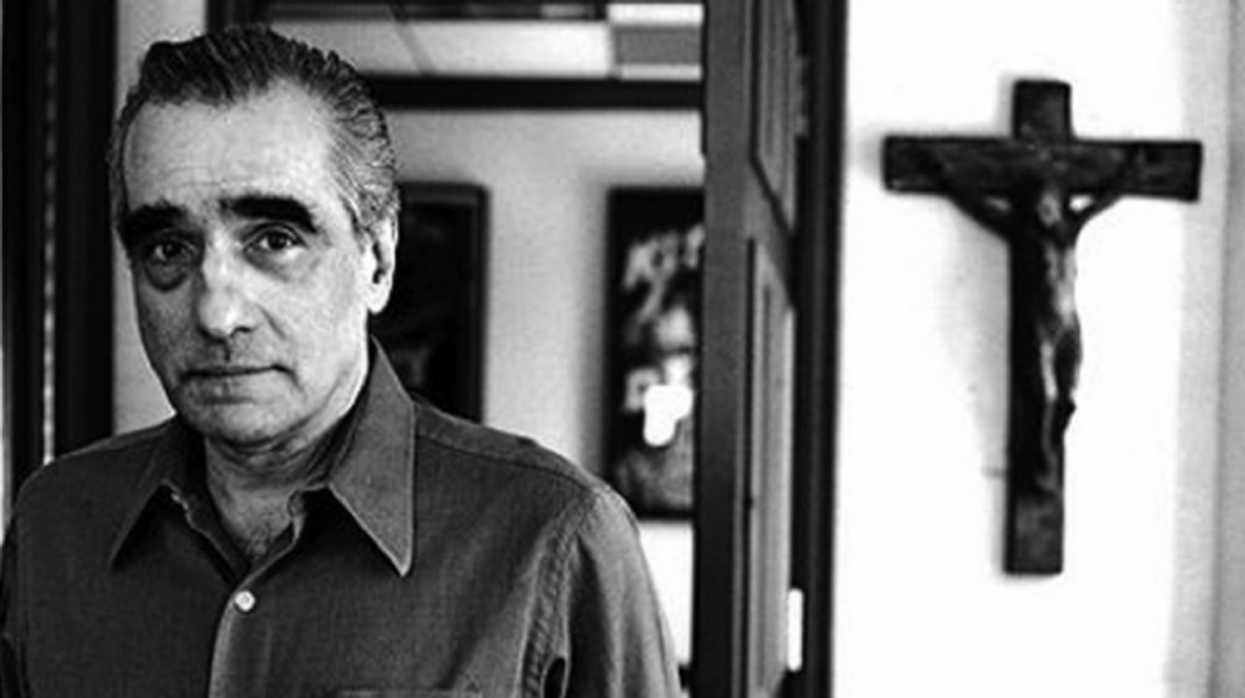What's a Side of Scorsese We Never Talk About?
There are so many different sides to Martin Scorsese that we often forget some of the lesser-known dimensions of the man.

Martin Scorsese is one of the most gifted directors and storytellers to ever grace Hollywood. His films all feel like pieces of his soul. He's constantly examining things like greed, justice, morality, and faith.
Scorsese gained popularity for showing us characters with great vices. We saw the vengeful spirit in Taxi Driver, mafiosos in Goodfellas, and the shady wealthy in Wolf of Wall Street.
It's safe to say that most people know Scorsese for his depictions of terrible people on screen. But there's another side to him. One of deep faith, healing, and spirituality. Are these two divergent themes of Scorsese's work in conflict with one another? Can we resolve the sacred and the profane in Scorsese's films and see the bigger questions that run through the heart of his entire career?
Check out this video essay from Thomas Flight and let's talk after the jump.
What's a Side of Scorsese We Never Talk About?
At one point, Scorsese stated, “My whole life has been movies and religion. That’s it. Nothing else.”
His holy side is something that pops up in every one of his films, but may not always be in the forefront of our minds. From the prayers in Bringing Out the Dead to the iconography in Raging Bull, Scorsese is constantly wrestling with Christianity, religious themes, and his own faith. And people love to examine the role of Christianity in his work.
No matter what, Scorsese's work is always showing the battle between the profane and the sacred.
What is the profane?
The profane is that actions performed by people (or characters) that are not sanctioned by the church. They're sins.
What is the sacred?
The sacred describes acts sanctioned by the church, like kindness or Christ-like sacrifices.
How Does Scorsese Juxtapose the Sacred and the Profane?
Perhaps the most obvious Scorsese movie to tackle both these issues is The Last Temptation of Christ. It's the story of Jesus, but told from the point of view that he was a god who is truly a man, so he would be tempted, have doubts, and have to deal with human desire as well as the call from the divine. If you take this Scorsese masterpiece as the true neutral of all his films, then you have to examine the rest through the lens of how they deal with the sacred and profane.
Something like Silence would be on the sacred end of the spectrum. Sure, we see profane acts like stepping on the face of Jesus, but they're done in an attempt to seek out God's will.
A movie like Taxi Driver shows a man committing many profane acts, but ultimately performing a sacred sacrifice of himself to save the innocence of a young girl. It's the ultimate showcase of the Old Testament and then the fulfillment of the New Testament.
Scorsese's willingness to put these themes in all of his movies shows a man constantly showing a dimension we only talk about when it feels overt. But it is within the context of every title.
Even looking at something like Hugo, which is about the creation of life via technology. As author Clark J. Elliston says in his writing "Chapter 11 Reinventing Human Experience: Hugo and the Theological Possibilities of Film":
"These concerns are not theological. Yet, Scorsese’s films relentlessly portray broken and flawed human beings. Their anger, their sadness, their existential angst: each of Scorsese’s masterpieces wrestles with the fundamental alienation of humankind. This alienation animates much of Christianity’s own discourse on human being. Although redemption through Christ grounds the entire Christian tradition, human life in the world always contends with alienation. Yet art—and in the case of Hugo, film—uniquely reflects humankind’s own creative impulse, an impulse received from the very image of God."
With all this permeating through every one of Scorsese's films, we should be talking about it a lot more. These two ideas of the sacred and profane should be definitely incorporated into film criticism and theory when it comes to Scorsese's storytelling.
What are some ways you've seen both show up in his other films? Let's discuss it in the comments.
Source: Thomas Flight

 "'Back Home"via Mercedes Arutro
"'Back Home"via Mercedes Arutro 'Back Home'via Mercedes Arutro
'Back Home'via Mercedes Arutro 









